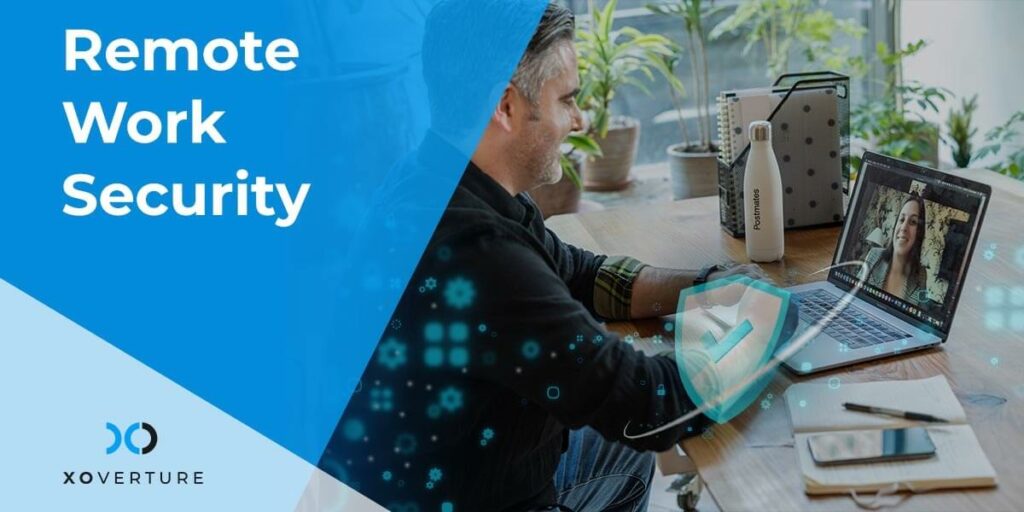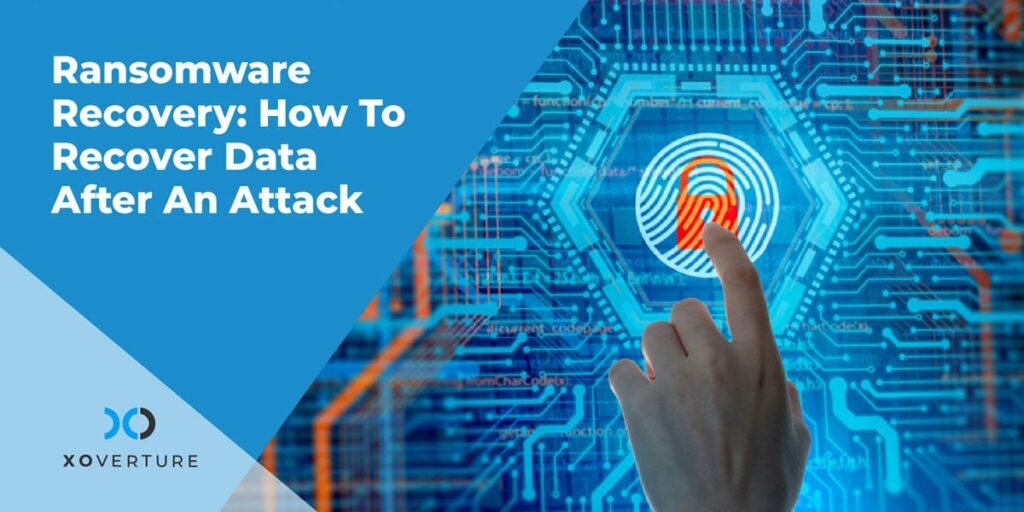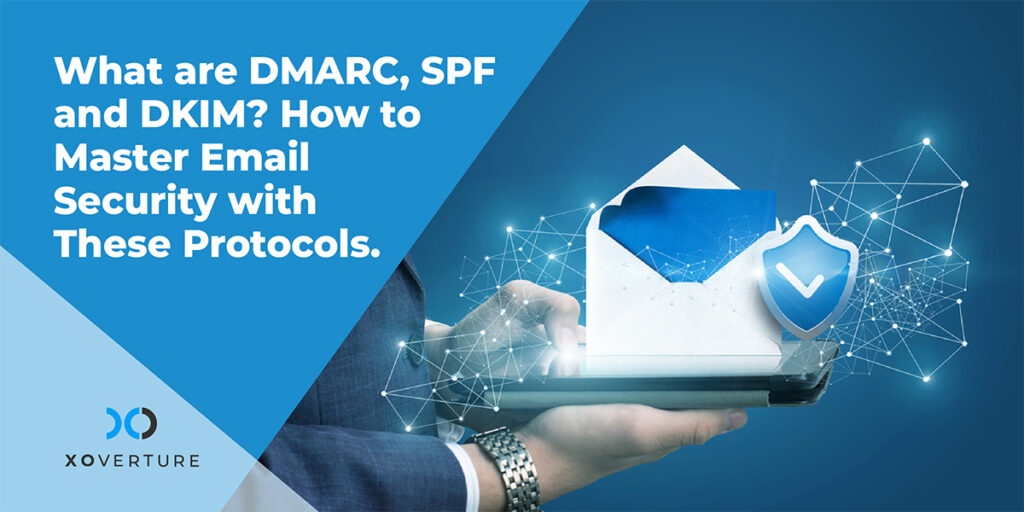Remote Work Security Challenges started when to Work From Home or let’s just say Work From Anywhere has brought undeniable benefits for the employees as well as organizations across the globe. Organizations now can hire from a far wider talent pool, employees can strike a better work-life balance and enjoy the benefits of flexible office timings, companies do not need to pay for actual office spaces reducing overhead costs, etc. Remote employment has become increasingly more important in light of Covid-19, allowing companies to withstand economic instability and employees can maintain their jobs without jeopardizing their health.
Along with these benefits, the remote working culture, which is becoming a new normal, has its flipside too! The privacy and security risks are major concerns for the organizations handling remote workforce. Now, the real question is how companies can ensure complete security with increasing remote working infrastructure?
Common Remote Work Security Challenges
Remote employees are often the first to be targeted by hackers. They’re frequently the cause of network security problems that swiftly spread across the rest of the company. Mobile devices such as cell phones and laptops offer security threats even if you don’t have any remote employees. Let’s take a look at the most common remote work security concerns that companies should be aware of:
Managing All Employees and Devices
Do you know what kind of equipment is being utilized and who is using it? When it comes to monitoring and managing all employees and devices, having an up-to-date inventory of devices and their users is crucial.
Insecure Passwords
Implementing a system of forced password changes on a regular basis is a basic step that many organizations overlook. Changing passwords on a regular basis and using strong alpha-numerical passwords can make a huge difference when it comes to securing your data.
Phishing Emails
Cyber criminals use social engineering to trick people into divulging sensitive information such as banking, credit card, and password information. In 2019, email phishing attacks cost individuals and companies more than $3.5 billion.
Using Unsecured Personal Devices & Networks
Everyone from freelancers and full-time workers to consultants and partners works on a plethora of insecure devices that run on a jumble of operating systems and networks. As a result, they’re more exposed to network dangers that aren’t as prevalent at work.
Video Attacks
Zoom has been criticized for an increase in “Zoom-bombing,” in which hackers hijack video meetings to spread malicious content. Make sure you take the necessary steps to ensure the safety of your video calls.
Weak Backup and Recovery Systems
The best defense is a solid offense. A solid backup and recovery solution can save your organization in the worst-case situation. It’s worth its weight in gold to have a team of specialists that can help you transition from a break-fix attitude to a proactive maintenance plan.
Remote Work Security – Best Practices
Both employers and employees need to be vigilant and proactive in order to ensure data privacy and security. Here are some of the best practices for minimizing typical security concerns associated with remote work:
Make Use of Sophisticated Security-Enabled Networking and Collaboration Solutions.
It’s hardly a stretch to argue that connection and collaboration technologies are at the heart of the remote work culture. To keep remote workers’ gadgets as well as critical corporate information safe, these tools must be safeguarded with robust security measures. Cloud-based solutions with standards-based cryptography are being offered by new-age communication enablers.
Use Advanced VPN Solutions for Remote Work Security
To provide secure remote access for WFH personnel, businesses must move beyond hardware-based traditional VPNs and deploy cloud-agnostic and scalable network security solutions. Using these solutions, companies may provide remote employees with simple access to resources, apps, and information on their devices from anywhere in the globe. This allows you a great deal of versatility and keeps data safe and secure by keeping remote employees invisible when they connect to the network.
Implement Robust Password Management for Remote Work Security
Remote employees must utilize a variety of tools and platforms in order to manage numerous accounts. Remote employees frequently establish easy-to-remember passwords to save the strain of remembering complicated passwords each time they enter into each account every day. Insecure passwords, on the other hand, are simple to hack. It’s a security nightmare when the same weak password is used for many accounts. Employees can use encrypted password tools to ensure complete password security. Some of the popular password managers are Zoho Vault, Blur, Password Boss, LastPass, 1Password, Sticky Password, etc.
Promote Strong Cybersecurity Hygiene at All Levels
Human vulnerabilities resulting from a lack of cybersecurity knowledge may be readily exploited by cybercriminals and cause significant disruption in a matter of seconds. To avoid these dangers, businesses can ask their employees to practice good cybersecurity hygiene. It covers things like using strong, unique passwords, not clicking on unverified links, only utilizing genuine programs and tools, not using public Wi-Fi, and not leaving personal devices unattended, among other things.
Incorporate Multi-Factor Authentication
Enterprises may set permission levels and only provide employees access to sensitive information that they need to do their work. This method provides data privacy and protects the network from insider threats caused by human mistakes. Multi-factor authentication (MFA) is the most sophisticated method of protecting remote workers’ data and privacy, as well as business assets.
To strengthen the overall security posture of remote employees and preserve business-critical information, organizations can take a zero-trust strategy by implementing multi-factor authentication combining OTPs, biometric-based access, and other methods.
Keep Devices Up-to-Date and Secure
Mobile devices and tablets are often used by remote employees to communicate with their coworkers and clients. Smartphones, in particular, are essential for remote workers to satisfy their connectivity requirements. Businesses must keep their devices up to date with the most recent operating system (OS) and security software.
Other Best Practices for Remote Work Security
- Implement Bring Your Own Device (BYOD) and Mobile Device Management (MDM) policies
- Secure your video calls/meetings: Use unique ID and password for every call, enable screen sharing only for hosts, use only paid accounts to access advanced security features, and ensure locking every meet as soon as it begins
- Do not fall for suspicious emails. In case you are skeptical about any email, do not click or open it and inform the IT security team right away.
- Leaving laptops unattended is one of the most common phenomena that can pose security threats. Always lock your system if you are not working.
- And finally, train your employees on security guidelines to make them understand how they can protect themselves and their data.




